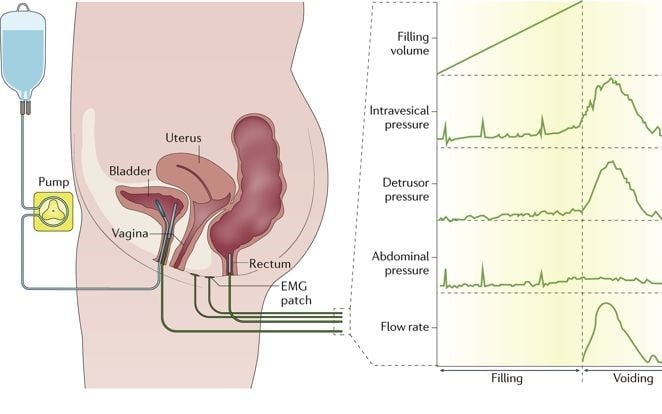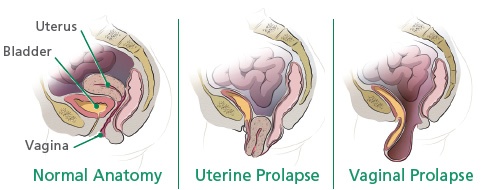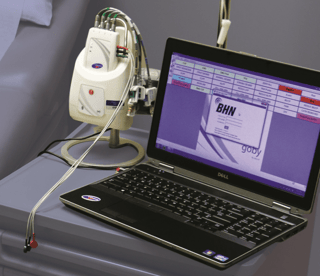Surgical management of stress urinary incontinence (SUI) is a commonplace procedure, usually indicated on the basis of the clinical history and exam findings alone. In fact, Level I evidence from the VALUE trial suggests that urodynamics (UDS) makes no difference in the outcome of SUI surgery in straightforward cases.1 Nonetheless, in many situations UDS is a critical part of evaluating SUI patients for surgery; moreover, in some instances UDS will spare women surgery that may not be beneficial.2
One clear-cut area where UDS is very helpful is for the patient who has previously undergone surgery for SUI and/or pelvic organ prolapse (POP). These patients may present complex anatomy, obstruction from prior surgery, changes in bladder compliance, and a very high valsalva leak point pressure. UDS may help guide the decision as to what intervention(s) may be necessary in these patients.










 Bladder management is a hugely important factor that needs to be taken into consideration when it comes to managing patients with spinal cord injury (SCI). In the following blog post, we will discuss differences between ambulatory urodynamics and conventional urodynamics on patients with SCI.
Bladder management is a hugely important factor that needs to be taken into consideration when it comes to managing patients with spinal cord injury (SCI). In the following blog post, we will discuss differences between ambulatory urodynamics and conventional urodynamics on patients with SCI.